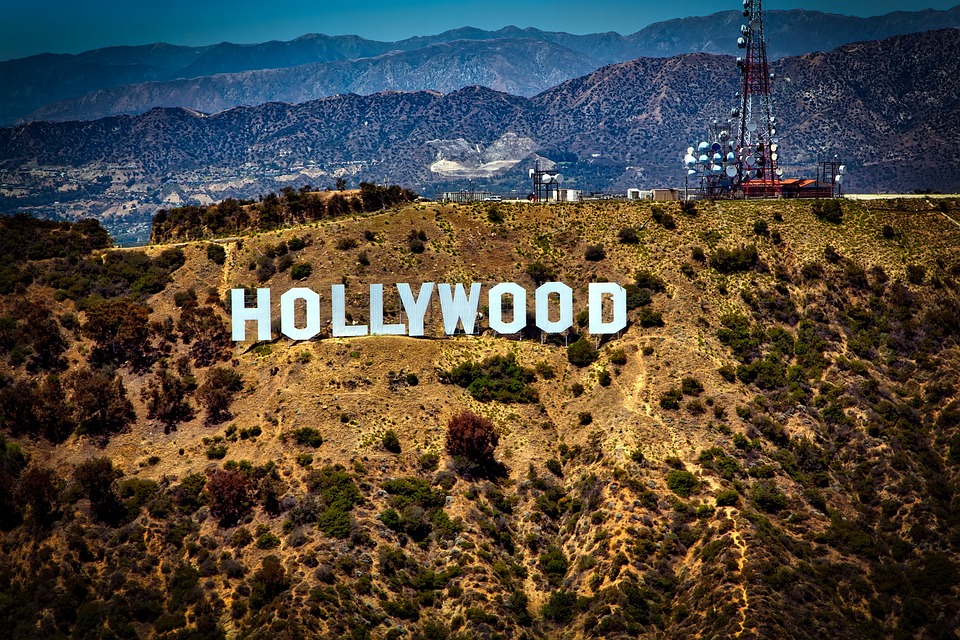The Evolution of Hollywood: From Silent Films to Blockbusters
Hollywood has been the epicenter of the film industry for over a century, producing some of the most iconic and influential movies in history. From its humble beginnings in the early 1900s with silent films, Hollywood has evolved into a global powerhouse that churns out blockbuster after blockbuster, raking in billions of dollars at the box office each year. Let’s take a closer look at the evolution of Hollywood from its silent film era to the era of modern blockbusters.
The Silent Film Era
The early days of Hollywood were marked by the production of silent films, which were films without recorded sound or dialogue. Instead, music, sound effects, and intertitles were used to convey the story to audiences. Silent films were the dominant form of cinema from the late 19th century until the late 1920s, and Hollywood quickly became the entertainment capital of the world, with studios like Paramount, Warner Bros., and MGM dominating the industry.
Some of the most iconic films from the silent era include Charlie Chaplin’s “The Kid” (1921), F.W. Murnau’s “Sunrise: A Song of Two Humans” (1927), and Buster Keaton’s “The General” (1926). These films helped shape the language of cinema and paved the way for future filmmakers to push the boundaries of visual storytelling.
The Golden Age of Hollywood
With the advent of sound in cinema in the late 1920s, Hollywood entered its Golden Age, a period that lasted from the 1930s to the 1960s. This era saw the rise of the movie star, with actors like Clark Gable, Marilyn Monroe, and Audrey Hepburn becoming household names. Hollywood churned out classic films like “Gone with the Wind” (1939), “Casablanca” (1942), and “Singin’ in the Rain” (1952), cementing its status as the entertainment capital of the world.
During the Golden Age of Hollywood, studios like MGM, Warner Bros., and Paramount dominated the industry, producing a steady stream of films that captured the imagination of audiences around the world. The Hollywood studio system, which controlled every aspect of filmmaking from production to distribution, was at its peak, allowing studios to churn out high-quality films on a consistent basis.
The Blockbuster Era
In the 1970s, Hollywood entered a new era with the release of blockbuster films like “Jaws” (1975) and “Star Wars” (1977). These films were massive hits at the box office, breaking records and paving the way for a new era of big-budget, high-concept filmmaking. With the rise of home video in the 1980s and the advent of digital technology in the 1990s, Hollywood was able to produce bigger and more spectacle-driven films than ever before.
Today, Hollywood is dominated by blockbuster franchises like Marvel, Star Wars, and the Fast & Furious series, which rake in billions of dollars at the box office each year. These films combine big-name stars, cutting-edge special effects, and massive marketing campaigns to create the ultimate moviegoing experience for audiences around the world.
The Future of Hollywood
As Hollywood continues to evolve and adapt to changing technologies and audience preferences, the future of the film industry is uncertain. With the rise of streaming services like Netflix, Amazon Prime, and Disney+, traditional movie theaters are facing stiff competition, forcing studios to rethink their distribution strategies and embrace new digital platforms.
Despite these challenges, Hollywood remains a powerhouse of creativity and innovation, with filmmakers pushing the boundaries of visual storytelling and creating cutting-edge films that capture the imagination of audiences worldwide. From its humble beginnings in the silent film era to the era of modern blockbusters, Hollywood has continuously reinvented itself to stay at the forefront of the film industry.
In conclusion, the evolution of Hollywood from silent films to blockbusters has been a remarkable journey that has shaped the way we consume and experience cinema. With each new era, Hollywood has adapted to changing technologies, audience preferences, and market trends to stay relevant and competitive in an ever-changing industry. As we look to the future, it will be fascinating to see how Hollywood continues to innovate and push the boundaries of visual storytelling in the years to come.
